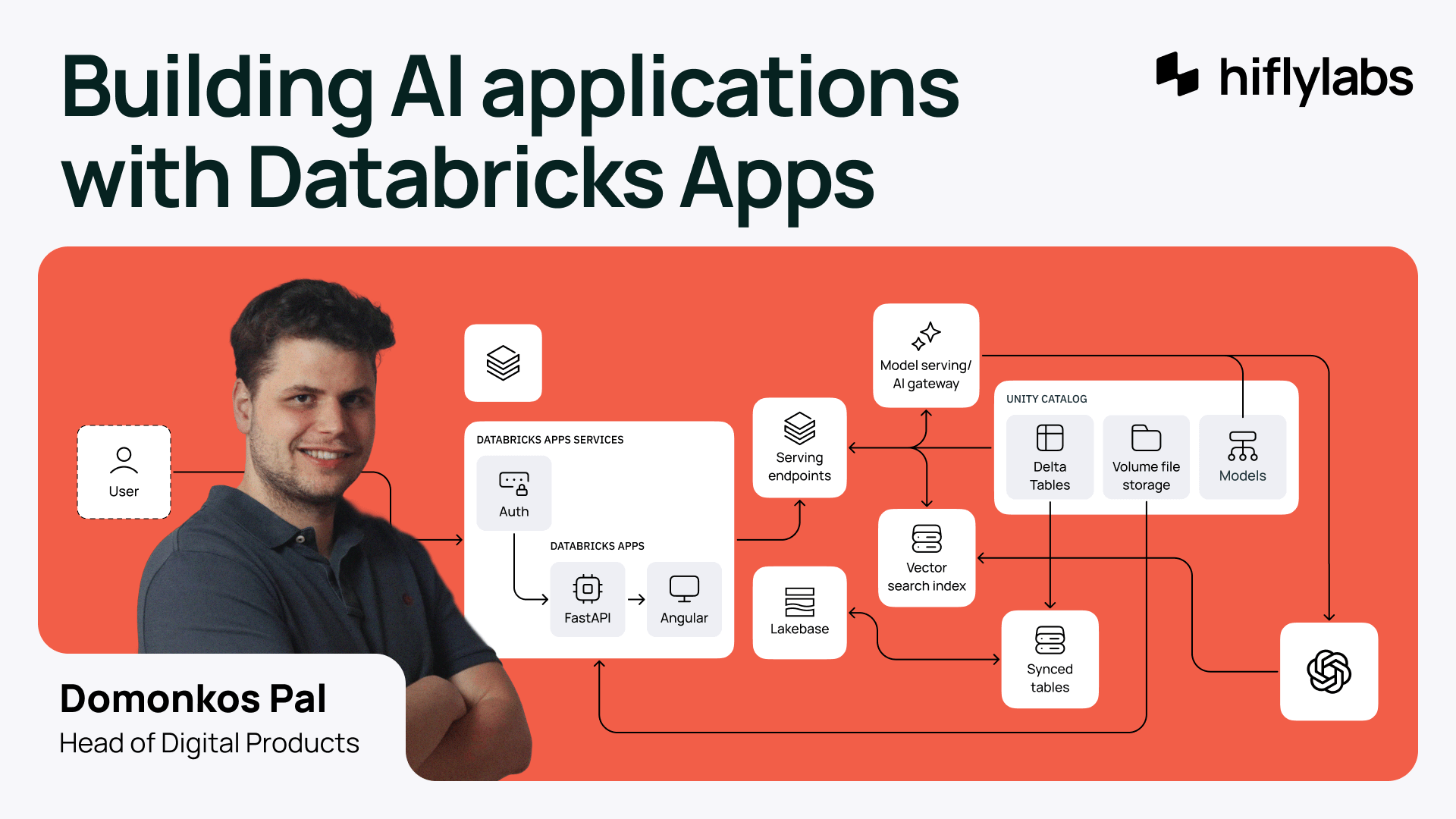
Building an AI Application with Databricks Apps in 30 Days
Discover how to build a production-ready AI application on Databricks Apps in just under a month. Learn from our journey, challenges, and architectural choices.
Check out our blog for our latest thoughts on data, AI, and digital products.
Explore topics

Discover how to build a production-ready AI application on Databricks Apps in just under a month. Learn from our journey, challenges, and architectural choices.
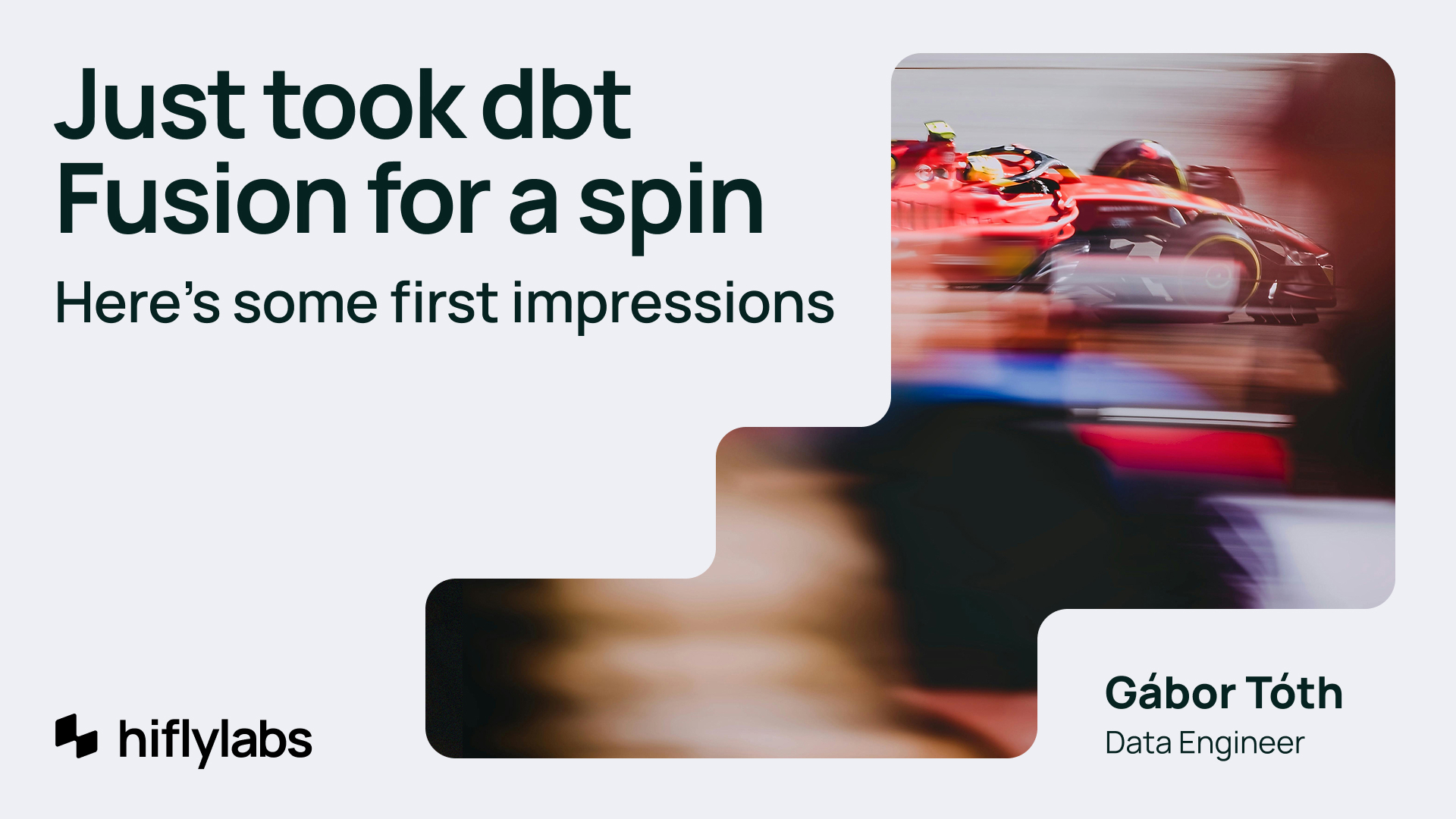
dbt Labs recently announced dbt Fusion, a complete overhaul of the dbt Core engine built in Rust. It promises to significantly improve the developer experience. In this article, we test its core features and share our hands-on experience with the public beta, exploring what works, what doesn't, and what potential it holds for the future of dbt development.

Anonymizing unstructured data like medical records or legal documents is much harder than with structured data. The primary challenge is identifying sensitive information (PII) within free-form text, which can be obscured by jargon, abbreviations, and OCR errors. This guide explores the viable approaches, from simple rule-based systems to advanced Machine Learning and hybrid models.
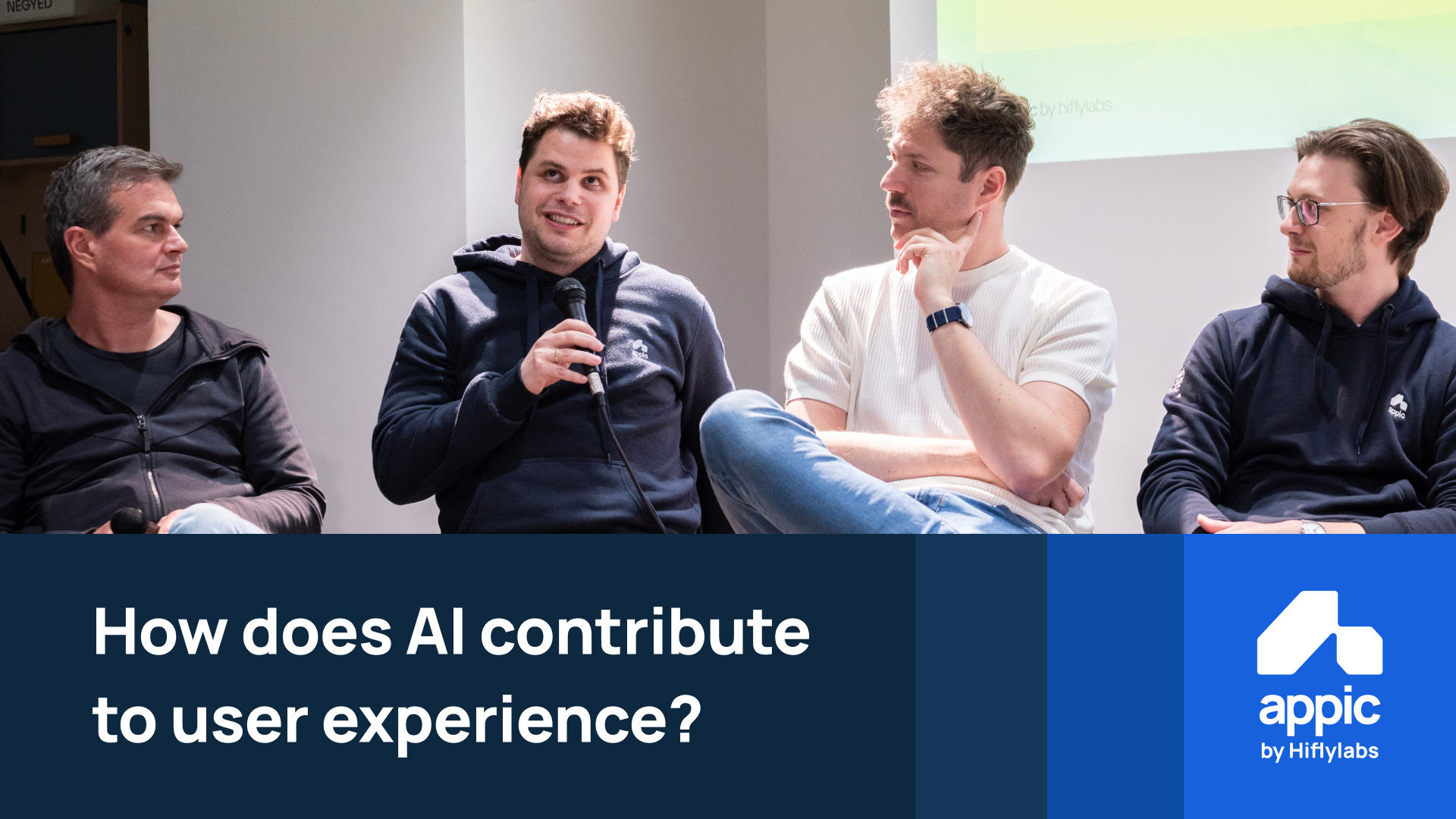
From more guardrails by developers to the UX challenge of showcasing sources in a non-deterministic system, the industry is still finding its grip on the whole process. We looked into the nitty-gritty details at our recent meetup on UX in the age of AI agents—check out the recording below!
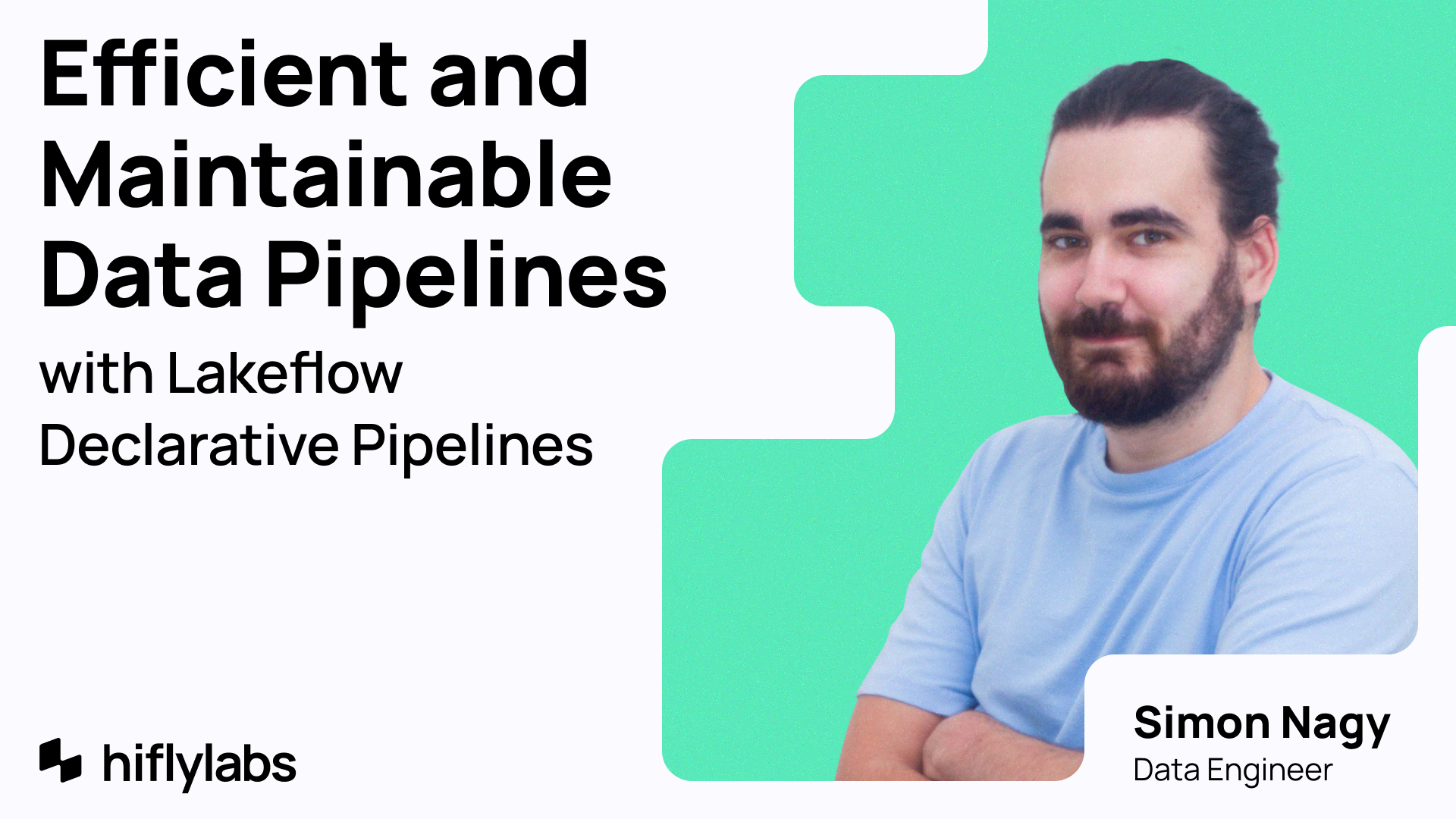
More efficient development, simplified maintenance, and a higher level of accessibility. A power tool in the Databricks ecosystem, Lakeflow Declarative Pipelines simplifies the creation of data pipelines while providing a declarative framework, allowing data engineers to focus on the desired state of the pipeline instead of getting lost in details.
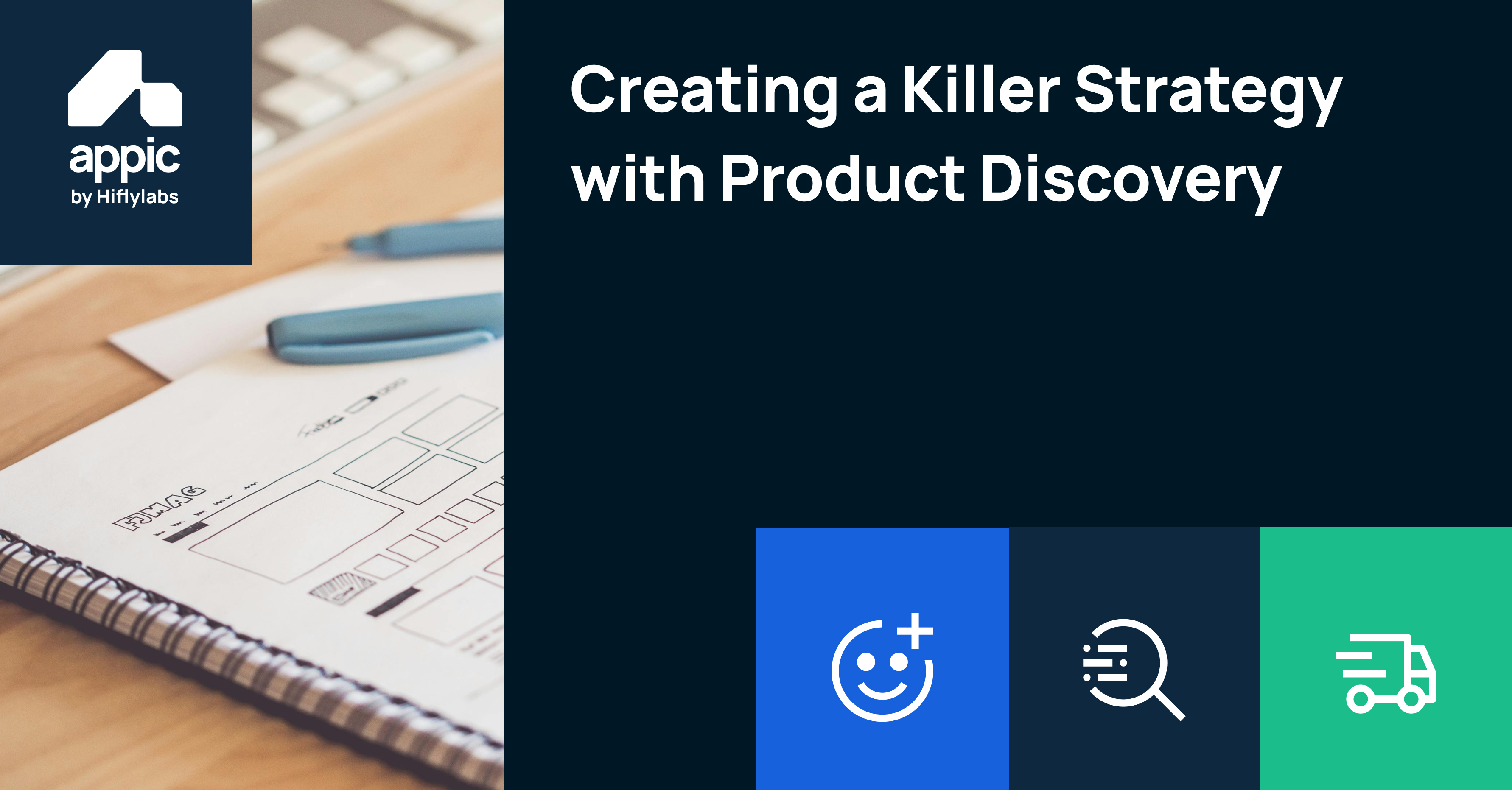
Instead of throwing quick-and-dirty fixes at a declining product, evaluate and plan for the future. This includes introspection as well as thorough market research, and our Product Discovery framework can show you the way.
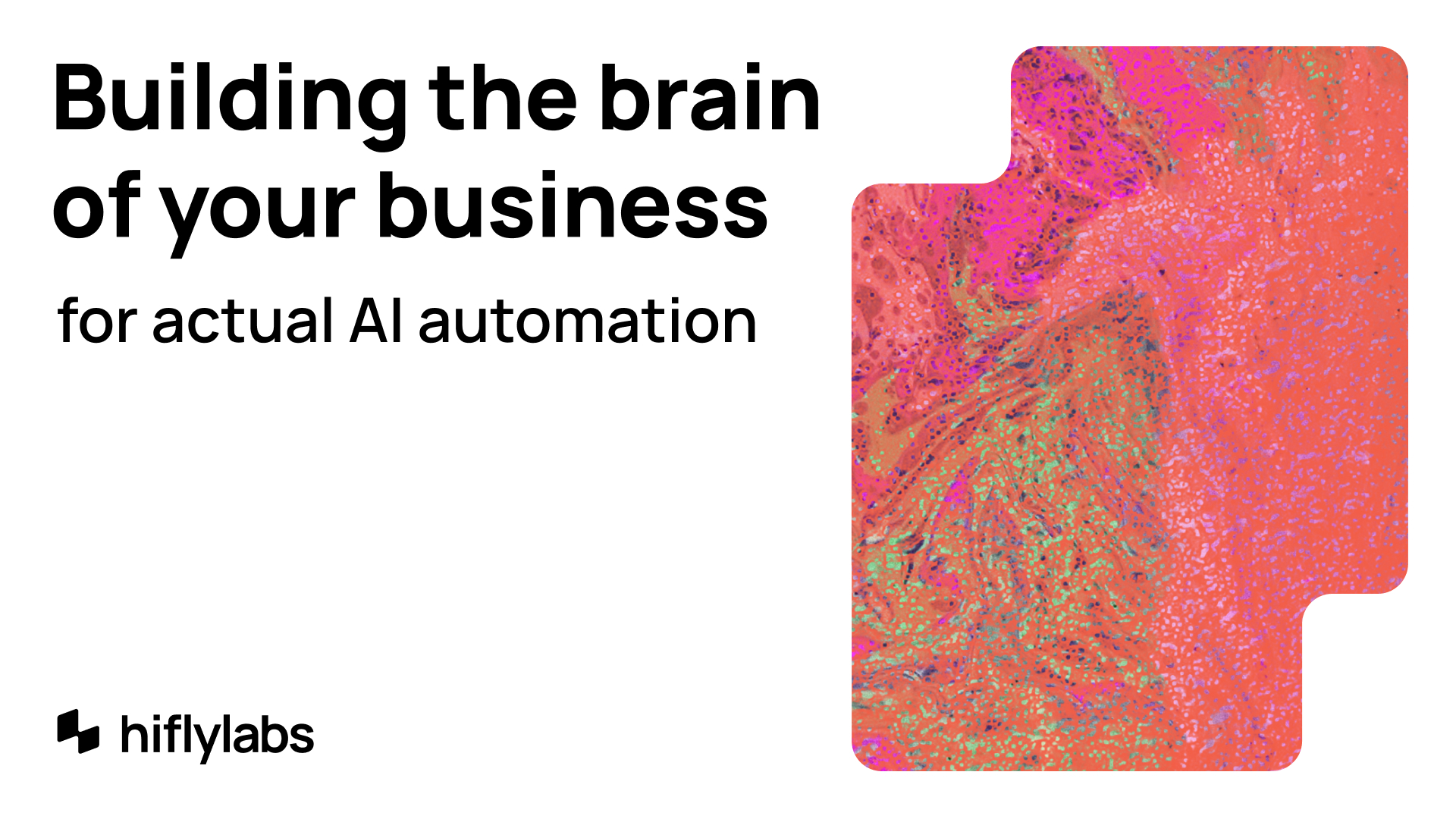
An operational intelligence layer, the ontology, models relationships of entities and actions, enabling “digital twins” for organizations.